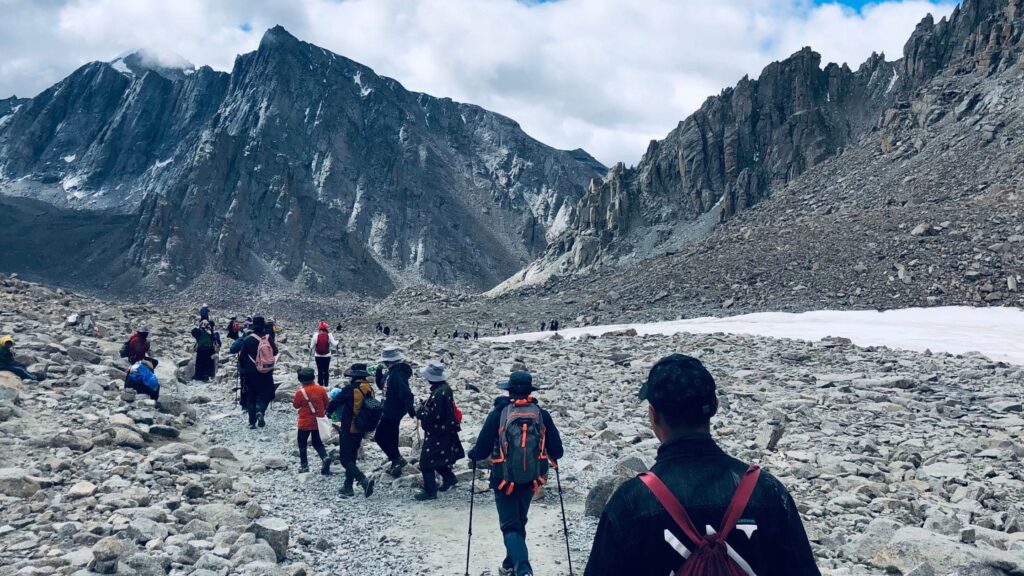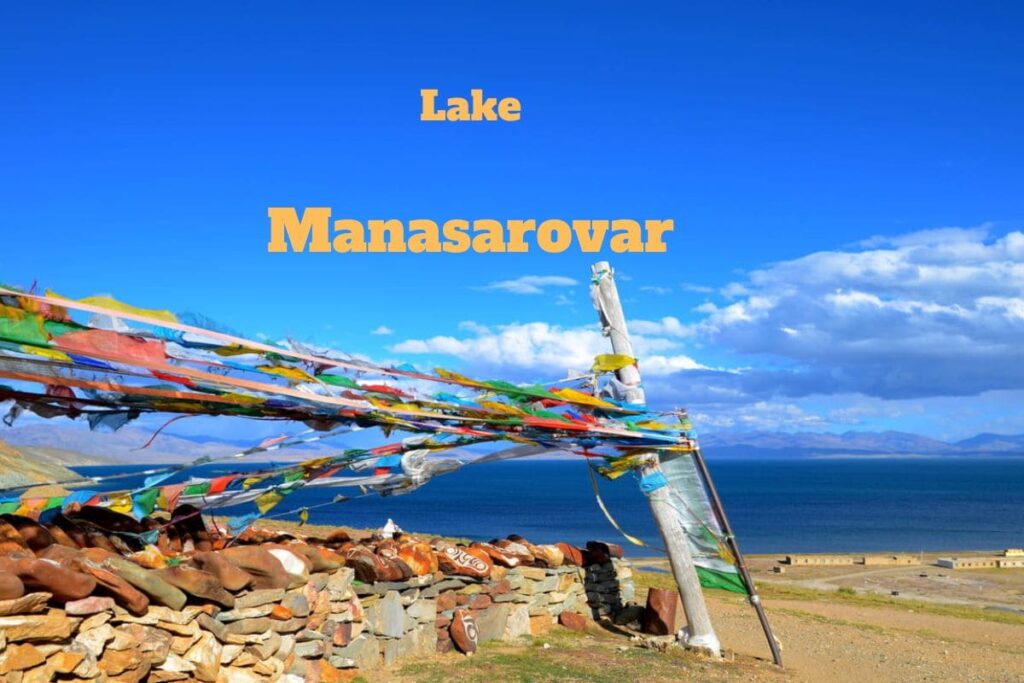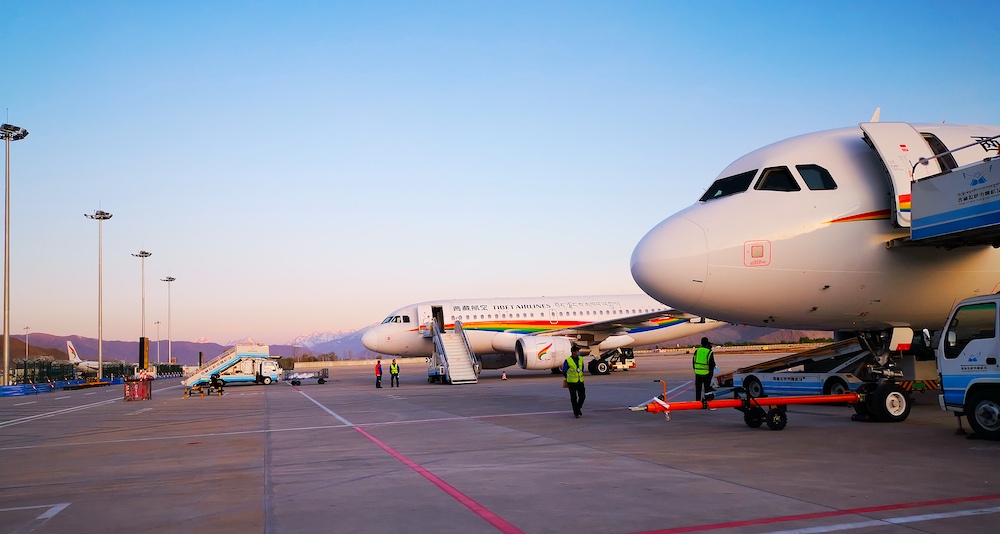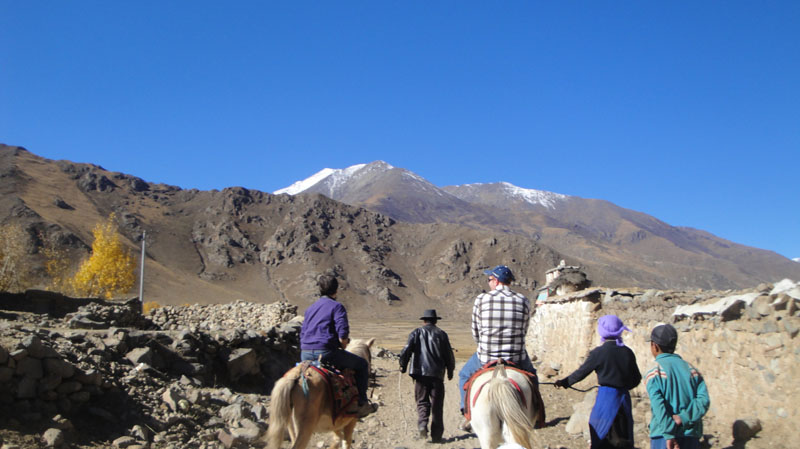Tibet is a land of breathtaking landscapes, ancient monasteries, and profound spirituality. For Indian citizens, visiting Tibet is both a cultural pilgrimage and an adventurous journey. However, due to Tibet’s unique political status, geographical challenges, and strict travel regulations, planning a trip requires careful preparation. This guide will walk you through every step of traveling to Tibet as an Indian citizen, covering permits, transportation, itineraries, cultural tips, and more.

Understanding Tibet’s Travel Regulations
Tibet is an autonomous region of China, and its tourism policies are tightly controlled. Unlike other parts of China, foreign travelers (including Indian citizens) cannot travel independently in Tibet. You must:
– Book a tour through a government-registered travel agency.
– Obtain a Tibet Travel Permit (TTP).
– Travel with a licensed guide and a fixed itinerary.
Why the Restrictions?
Tibet’s remote location, sensitive political status, and high-altitude environment require regulated tourism to ensure safety and cultural preservation. These rules apply to all foreign nationals, including Indians.
Permits Required for Indian Citizens
Indian citizens need three key permits to enter Tibet:
A. Chinese Visa
– What is it? A standard tourist visa (L Visa) issued by the Chinese Embassy or Consulate in India.
– How to Apply: Submit your passport, application form, itinerary, and proof of hotel bookings in China.
– Note: Indian citizens face stricter scrutiny due to India-China relations. Apply well in advance (at least 2–3 months before departure).
B. Tibet Travel Permit (TTP)
– What is it? A mandatory document issued by the Tibet Tourism Bureau.
– How to Get It: Your Tibetan travel agency will apply on your behalf after you book a tour.
– Processing Time: 15–20 days.
– Validity: Covers your entire stay in Tibet.

C. Additional Permits for Restricted Areas
– Aliens’ Travel Permit (ATP): Required for visiting remote regions like Mount Kailash, Everest Base Camp, or Ngari.
– Military Permit: Needed for areas near border zones (e.g., Nyingchi).
Your travel agency will arrange these permits based on your itinerary.
How to Apply for a Chinese Visa
Step 1: Prepare Documents
– Passport (valid for 6+ months with blank pages).
– Completed visa application form.
– Flight bookings (return ticket).
– Hotel reservations in China (your Tibetan agency can provide dummy bookings).
– Invitation letter from your Tibetan travel agency.
Step 2: Submit to the Chinese Embassy/Consulate
– Apply in person or through a visa service agency.
– Fees: ~₹4,500–₹7,500 (varies by processing time).
Step 3: Wait for Approval
– Standard processing: 4–5 working days.
– Expedited processing: 2–3 days (extra fees apply).
Pro Tip: Mention cities like Chengdu or Xining (gateways to Tibet) in your itinerary to avoid visa complications.
Choosing a Registered Travel Agency
Since independent travel is banned, selecting a reliable agency is critical. Look for agencies with:
– Tibet Tourism Bureau License: Verify their registration online.
– Experience with Indian Travelers: Familiarity with visa/permit processes for Indians.
– Transparent Pricing: Ensure no hidden costs.
Recommended Agencies:
– Explore Tibet Travel Company
– Tibet Group Tour
– Great Tibet Tour
What’s Included in a Tour Package?
– Permits, guide, driver, accommodation, and transportation.
– Customizable itineraries (group or private tours).
Transportation Options to Tibet
A. By Air
– From India to Mainland China: Fly to cities like Chengdu, Beijing, or Shanghai.
– Connecting Flight to Lhasa: Book a flight from Chengdu (2.5 hours) or Xining to Lhasa Gonggar Airport.

B. By Train
– Qinghai-Tibet Railway: The world’s highest railway connects Xining to Lhasa (21–24 hours).
– Scenic Route: Pass through the Kunlun Mountains and Tibetan Plateau.
C. Overland from Nepal
– Kathmandu to Lhasa: A 7–10 day road trip via the China-Nepal Highway.
– Permit Note: Indian citizens must enter Tibet from mainland China, not Nepal, due to diplomatic restrictions.
Best Time to Visit Tibet
– April–October: Ideal for clear skies and mild weather.
– May–September: Peak season (warmer temperatures, busy tourist spots).
– Winter (November–March): Fewer crowds, but extreme cold and limited access to remote areas.
Avoid July–August: Heavy rains and landslides in some regions.
Crafting Your Tibet Itinerary
A typical 7–10 day itinerary for Indian travelers:
Day 1–2: Arrival in Lhasa
– Acclimatize to the altitude (3,650 meters).
– Visit the Potala Palace, Jokhang Temple, and Barkhor Street.
Day 3–4: Explore Central Tibet
– Day trip to Yamdrok Lake and Drak Yerpa Caves.
Day 5–7: Journey to Everest Base Camp
– Drive through Shigatse and Rongbuk Monastery.
– Overnight at Everest Base Camp (5,200 meters).
Day 8–10: Mount Kailash Pilgrimage (Optional)
– 3-day trek around Mount Kailash (sacred to Hindus, Buddhists, and Jains).
Alternative Destinations:
– Namtso Lake
– Tashilhunpo Monastery
– Nyingchi (Tibet’s “Switzerland”)
Cultural Etiquette and Safety Tips
Cultural Respect
– Dress Modestly: Cover shoulders and knees in monasteries.
– Circumambulate Clockwise: Around stupas and temples.
– Avoid Political Discussions: Tibet’s status is a sensitive topic.
Health and Safety
– Altitude Sickness: Rest for 1–2 days in Lhasa to acclimatize. Carry Diamox (consult a doctor).
– Stay Hydrated: Drink bottled water and avoid alcohol.
– Pack Essentials: Sunscreen, lip balm, warm layers, and a first-aid kit.
Budgeting for Your Trip
Estimated Costs for a 10-Day Trip (per person):
– Tibet Travel Permit & Tours:₹70,000–1,20,000 (depends on group size and luxury level).
– Flights (India-Lhasa): ₹30,000–₹50,000 (round-trip).
– Accommodation: ₹2,000–₹5,000/night (mid-range hotels).
– Food: ₹500–₹1,000/day (Tibetan and Chinese cuisine).
Total: ₹1,50,000–₹2,50,000 per person.
Common Challenges and Solutions
Challenge 1: Visa Delays
– Solution: Apply early and provide thorough documentation.
Challenge 2: Altitude Sickness
– Solution: Acclimatize slowly and carry oxygen canisters.
Challenge 3: Language Barriers
– Solution: Rely on your guide for translation.

FAQs for Indian Travelers
Q: Can I travel solo in Tibet?
A: No. Indian citizens must join a guided group or private tour.
Q: Is Mount Kailash open to Indian pilgrims?
A: Yes, but you need an Aliens’ Travel Permit.
Q: Are Indian rupees accepted in Tibet?
A: No. Use Chinese Yuan (CNY) or international credit cards.
Q: Is Tibet safe for Indian tourists?
A: Yes, but avoid political discussions and follow local laws.
Conclusion: Embark on Your Tibetan Adventure
Traveling to Tibet as an Indian citizen is a complex but rewarding endeavor. By partnering with a trusted travel agency, securing permits early, and respecting local customs, you can explore this mystical land of snow-capped peaks, turquoise lakes, and ancient monasteries. Whether you’re a spiritual seeker drawn to Mount Kailash or an adventurer eager to conquer Everest Base Camp, Tibet promises an unforgettable journey.
Final Tip: Plan at least 6 months to navigate permits, visas, and logistics smoothly. With patience and preparation, the Roof of the World awaits you!
